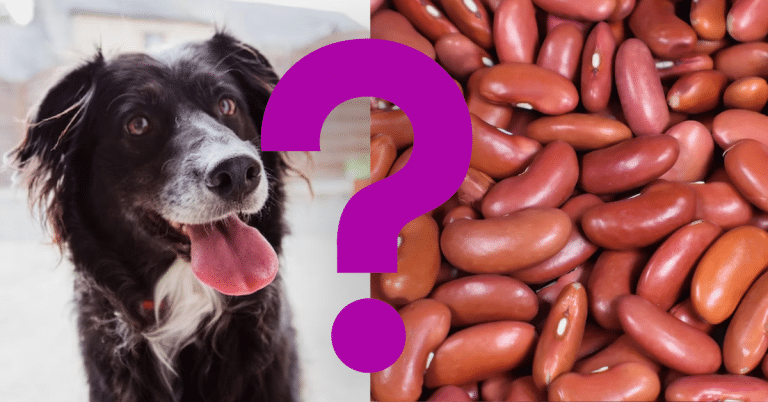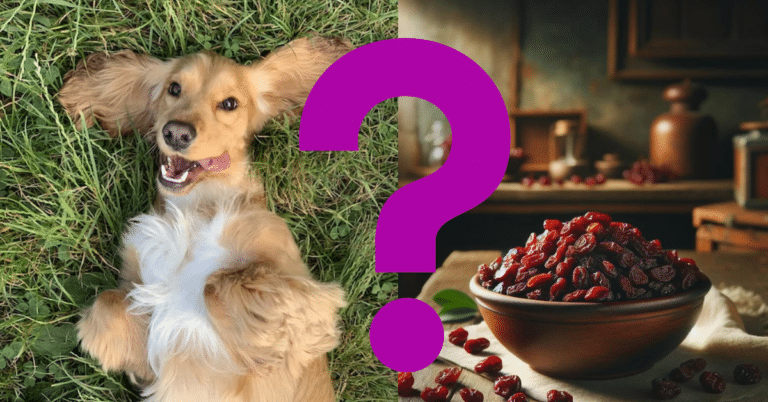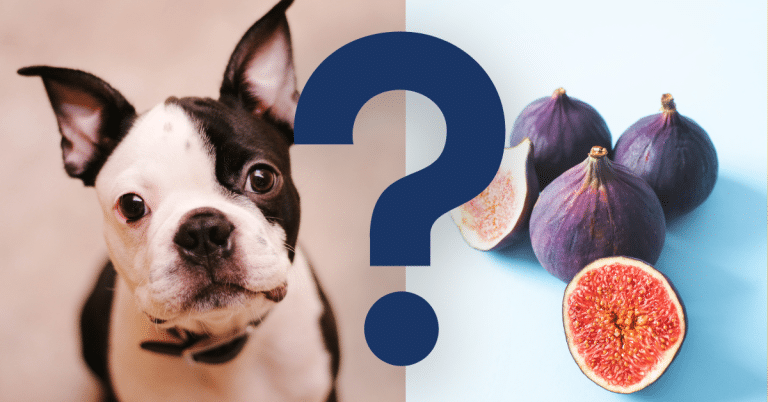What Vegetables Can Dogs Eat? A Vet’s Opinion

Vegetables are plant components that humans or other animals eat. They are an essential source of several vitamins and minerals. But can you feed vegetables to your dog?
Vegetables like carrots, peas, green beans, spinach, broccoli, and sweet potatoes are all suitable for dogs. These veggies can be cooked or served raw. However, for more straightforward digestion, they should be diced or mashed. Avoid feeding hazardous vegetables to dogs, such as onions, garlic, avocados, and tomatoes (leaves and stems). Before making any changes to your dog’s diet, consult your veterinarian. Remember that veggies should be fed as an addition to their usual balanced dog food, not as a substitute.
Benefits Of Vegetables For Dogs
Including veggies in a dog’s diet can benefit health and well-being. Here are some of the potential advantages of feeding vegetables to dogs:
Nutritional content: Vegetables are a good source of critical nutrients such as vitamins, minerals, and fiber, which can help dogs maintain a healthy diet. Carrots, for example, are high in vitamin A and beta-carotene, both of which are necessary for eye health, whereas spinach is high in iron and calcium, which are suitable for bone health.
Digestive health: The fiber in veggies can help dogs maintain healthy digestion. Fibre can help manage blood sugar levels, encourage regular bowel motions, and prevent constipation. High-fiber vegetables, such as peas and green beans, can be helpful for dogs with digestive issues.
Weight control: Because many vegetables are low in calories, they can be a beneficial supplement to a dog’s diet for weight control. Replacing high-calorie treats with vegetables can help dogs feel full without adding extra calories to their diet, which may benefit overweight or obese dogs.
Dental health: Chewing on certain veggies might help dogs maintain good dental health. Chewing on vegetables such as carrots or broccoli can help eliminate plaque and tartar from their teeth, promoting oral health and lowering the risk of dental disorders such as gum disease.
Antioxidant properties: Some veggies, such as sweet potatoes and bell peppers, are high in antioxidants, which can help dogs combat free radicals and reduce inflammation. Antioxidants have been linked to various possible advantages, including immunological support and anti-cancer effects.
Enrichment and variety: Including a range of veggies in a dog’s diet helps enrich and diversify their meals. Offering a variety of veggies can introduce new flavors and textures to their diet, making mealtime more enjoyable.
However, remember that not all veggies are suitable for dogs, and some are harmful. Before making any changes to your dog’s diet, including introducing veggies, always consult your veterinarian to ensure it is safe and acceptable for your dog’s needs. Some vegetables may require proper preparation, such as cutting or cooking, before dogs can consume them safely.

How To Safely Give Vegetables To Dogs?
To avoid potential hazards, ensure that veggies are prepared and served safely while giving them to dogs. Here are some thorough instructions for properly feeding vegetables to dogs:
Consult Your Veterinarian
It is critical to consult with your veterinarian before introducing any new food, including veggies, into your dog’s diet. They can make suggestions based on your dog’s demands, dietary needs, and current health conditions.
Select Dog-Friendly Vegetables
Not all vegetables are suitable for dogs. Avoid giving your dog hazardous veggies, including onions, garlic, avocados, and tomatoes (leaves and stems). Stick to foods safe for dogs, such as carrots, peas, green beans, spinach, broccoli, and sweet potatoes.
Wash And Prepare Veggies
Just as with human food, washing vegetables properly before offering them to your dog is critical to remove any dirt, pesticides, or potential toxins. Remove any stems, leaves, or challenging portions your dog may find difficult to digest. To make the vegetables simpler to consume and digest, chop or mash them into small, manageable bits.
Cook or Serve Raw
Some veggies can be served raw, while others must be cooked for dogs to be safe and digestible. Carrots and green beans, for example, can be served raw or lightly steamed, whereas sweet potatoes may need to be thoroughly boiled to ensure they are fully cooked and soft enough for dogs to enjoy.
Avoid Flavors And Additions
Dogs’ vegetables should not contain any seasonings or additives. Use no salt, spices, butter, or other flavors that could be hazardous to dogs. Dogs should eat just plain, unseasoned vegetables.
Begin With Modest Amounts
When adding veggies to your dog’s diet, begin with little portions to see how your dog reacts. Watch for signs of digestive disturbance in your dog, such as diarrhea, vomiting, or gas. If any negative responses occur, stop feeding the vegetable and visit your veterinarian.
Include Vegetables In A Balanced Diet
Vegetables should not be the sole source of nutrition for your dog. They should be used to supplement your dog’s regular balanced dog food, covering its nutritional requirements. Ensure your dog’s overall diet is well-balanced and fulfills its dietary needs.
Consider Your Dog’s Unique Needs
Keep in mind that not all dogs tolerate vegetables well, and some dogs may have specific dietary limitations or health concerns that necessitate the avoidance of certain vegetables. When feeding veggies to your dog or making dietary modifications, always keep their specific needs, preferences, and health state in mind.
You can safely add veggies to your dog’s diet as a nutritious and tasty treat by following these guidelines and speaking with your veterinarian.

Will Vegetables Make A Dog Sick?
While many veggies are acceptable for dogs to consume and can be a nutritious supplement, feeding them in large quantities or too rapidly might induce digestive problems and make a dog sick. Certain veggies may be difficult for some dogs to digest, especially if they are unfamiliar with them or have pre-existing digestive disorders. Furthermore, certain veggies might be dangerous or toxic to dogs. For example, onions, garlic, avocados, and tomatoes (leaves and stems) are poisonous to dogs and should be avoided. Other vegetables, such as maize and mushrooms, can be challenging to digest and may cause stomach trouble in dogs.
Before making any changes to your dog’s diet, including introducing veggies, always consult your veterinarian to ensure it is safe and acceptable for your dog’s needs. Your veterinarian can make recommendations based on your dog’s nutritional needs, health status, and any food allergies or sensitivities. While veggies can be a nutritious supplement to a dog’s diet, it’s vital to consider their particular needs and check with your veterinarian to guarantee their safety and well-being.
Can dogs eat vegetable variations?
Yes, dogs can consume various veggies if they are safe and adequately cooked. A variety of veggies can assist in supplying dogs with various nutrients, vitamins, and minerals that can contribute to a healthy diet. However, specific veggies and preparation methods must be considered to ensure they are safe and healthy for dogs.
Some vegetable variants that dogs can consume include:
Leafy greens: In moderation, dogs can consume leafy greens such as spinach, kale, and lettuce. These veggies are high in vitamins and minerals but must be thoroughly washed before chopping or cooking.
Cruciferous veggies: Dogs can be fed tiny amounts of vegetables such as broccoli, cauliflower, and Brussels sprouts. They are high in fiber, vitamins, and antioxidants but should be boiled or steamed before eating.
Root vegetables: Dogs can consume root vegetables such as carrots, sweet potatoes, and beets. These veggies are high in fiber, vitamins, and minerals but must be thoroughly boiled to make them soft and digestible for dogs.
Legumes: Green beans and peas, for example, can be served to dogs after they have been cooked. These veggies are high in fiber, protein, and other essential elements.
Squash: Dogs may eat squashes such as zucchini, butternut squash, and pumpkin (without extra sweeteners or spices). These veggies are high in fiber, vitamins, and minerals and can be served cooked or raw, depending on your dog’s taste and digestion.
Vet’s Summary
Vegetables such as leafy greens, cruciferous vegetables, root vegetables, beans, and squash are healthy for dogs if properly prepared and introduced in moderation. However, before modifying your dog’s diet, contact your veterinarian first since some dogs may have specific dietary requirements or health concerns that necessitate avoiding certain veggies.
Before introducing veggies to your dog’s diet, consult your veterinarian for personalized guidance. When introducing new meals, especially vegetables, dogs may benefit from probiotic supplements in some circumstances to improve their digestive health. Probiotics are beneficial bacteria that can benefit digestion and general gut health by promoting a healthy gut microbiome. Based on your dog’s individual needs and health situation, your veterinarian can recommend a probiotic supplement. Always follow your veterinarian’s advice and standards regarding your dog’s nutrition and supplementation.
Videos To Watch
If you are wondering what related foods are good to give your dog, watch this:
And if you want to know what a dog can NOT eat, watch this:






